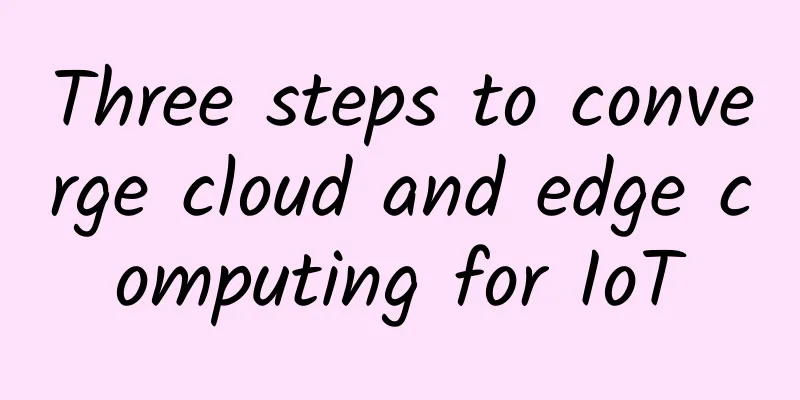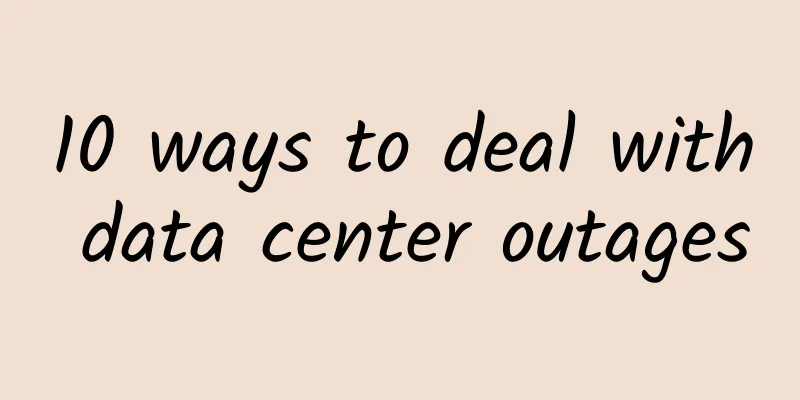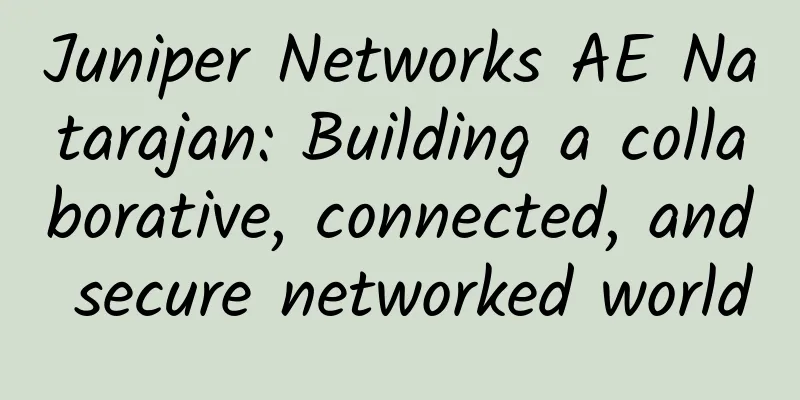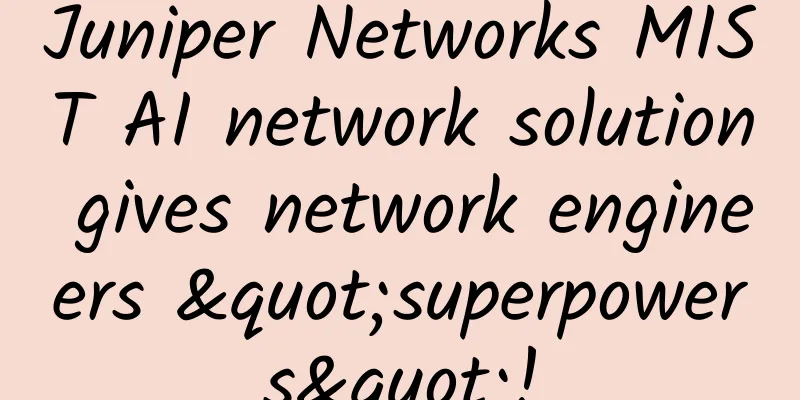Three steps to converge cloud and edge computing for IoT

|
The Internet of Things has grown rapidly over the past few years. Moore's Law states that the number of transistors per chip will double every 18 months, allowing hardware developers to pack more functionality into the same space. This has created smaller computers, smaller phones, and other electronic devices. All devices connected to the internet require chips, but only recently have they become small enough. This, combined with the rapid growth of wireless networks, has made it easier to connect devices and provide them with remote functionality. This is the Internet of Things: simple devices that can be controlled and monitored by new, cost-effective chips that fit in a certain size. As big companies like Apple and Microsoft continue to invest heavily in developing this technology, how to build the Internet of Things becomes a question of how to manage the vast amounts of data.
1. Ocean of Information For years, companies have used systems in data centers for computing and control. Even cloud-based systems rely on a suite of software components that churn through data, collect results, and transmit them back. The Internet of Things changes this dynamic. Suddenly, thousands of devices are sharing data, communicating with other systems, and providing control to thousands of endpoints. This brings new problems for data collection and analysis. Because of the way these new networks share data, IoT devices are often slow, share small amounts of information, and there is no guarantee when data will arrive. This is especially true in smart cities and buildings, where thousands of sensors generate data at different intervals and processing is done in the cloud. As these networks grow, they encounter new problems created by existing computing trends. Due to big data and smart networks (through mesh networking, the Internet of Things, and low-power networking and computing), legacy systems are unable to handle the massive amounts of information they help create. The answer to these questions is a combination of cloud storage and edge computing. However, to take advantage of both technologies, IT professionals must understand how they operate. 2. Edge and Cloud Edge computing and cloud computing are almost opposite in terms of how they operate. Cloud computing effectively uses a large network to process and store information through a central point – a data center at the cloud’s point of presence. This is achieved due to the tight interconnection between nodes that share data with each other over a high-performance network. With the rise of the Internet of Things, more and more companies want to bring their computing power closer to the devices that collect information. Devices on IoT systems are low in power consumption and computing power, so edge computing moves central computing power out of the cloud and closer to where the end-user devices are located. This makes processing much faster when you work with a large number of customers. Combining these two technologies allows the cloud to handle general computing tasks, while edge computing can handle more client-specific needs. For example, data aggregation can rely on edge computing to aggregate data into a single set, which is then sent to the cloud for further processing. By centralizing general workloads and handling more specific tasks at the network edge, IT professionals can improve the user experience while optimizing network and computing resources. 3. Use technology to get more from data Edge computing is currently only popular among telecom companies, but as more 5G networks become available, the technology will quickly become more common. IT professionals should follow these three steps to prepare for the coming wave of IoT data: 1. Prepare the network architecture Currently, early versions of edge computing are only available for content delivery networks and some software-defined networks or telecommunications networks. For companies outside of this space, preparing to adapt to edge computing now will make future adoption easier. Start thinking about your existing architecture and prepare to expand edge capabilities. 2. Solve data aggregation Industries that currently control their edge, such as IoT networks and telecommunications companies, should already be aggregating data as close to the edge as possible before transmitting it back to central systems. Introduce queues and caches at the edge to prepare the computing power to merge and compress the data. 3. Find optimization opportunities Edge computing is an efficient use of resources. Mapping the architecture from the perspective of resource usage is useful for finding new optimization methods. Systems can offset the increased cost of edge computing by reducing costs by transmitting better data to the center and completing the calculations there. As edge processing matures, computing power at the edge will increase, providing more opportunities for companies that are ready to take advantage of this technology. Network and IoT companies can’t wait until new technologies arrive before preparing for adoption. By taking these steps, IT leaders can consider the evolution of IoT data and edge computing and prepare for their widespread arrival. |
<<: IoT smart home solutions create intelligent products based on scenarios
>>: Jiaxing Cloud Road: Tongxiang Smart Education and the 6 Major Projects Behind It
Recommend
Cat6a FAQ Breakdown: Everything You Need to Know
What is Cat6a Ethernet Cable? Cat6a cables repres...
Distributed Fiber Optic Sensors Global Market Report 2023
The global distributed fiber optic sensor market ...
Wang Chunhui: 5G releases three major functions to drive China on the path of high-quality development
On June 6, 2019, the Ministry of Industry and Inf...
CloudSilk: German AS9929 line 500Mbps large bandwidth starting from 216 yuan/year
A friend of mine was looking for a host with AS99...
Gartner lamented that there has never been such a volatile market in 25 years
According to Gartner's forecast, global IT sp...
The 30th anniversary of Zhongchuang Software: persistence and perseverance have created glory, and Xinchuang has provided broad space for independent innovation of middleware!
Since 1991, Zhongchuang Software Engineering Co.,...
GSA: 5G has become a mainstream technology, and 5G FWA CPE shipments will account for 42% this year
According to a recent study conducted by the Glob...
A seminar on hypertension prevention and control was held, and Omron helped China to upgrade its hypertension management to a smart level
On December 5, 2019, the "To the Classic, Cr...
LOCVPS Mid-Autumn Festival and National Day Promotion: 30% off on CN2 restocking in Kwai Wan, Hong Kong, 20% off on all items
The Mid-Autumn Festival and National Day are appr...
2019 6th World Internet Conference: Inspur releases iGIX enterprise digital capability platform
[51CTO.com original article] From October 20 to 2...
CommScope launches new access point portfolio to accelerate enterprise-class Wi-Fi 6 adoption
Shanghai, China, June 9, 2020 – CommScope recentl...
An Android hotspot APP actually sold more than 2 million WiFi passwords?
Recently, it was learned that an Android hotspot ...
The router antenna is built-in or external, so there is no need to worry.
WiFi 6 wireless routers are being upgraded and re...
Ministry of Industry and Information Technology: my country's fiber optic transformation has been fully completed, 4G network covers urban and rural areas, and 5G network is accelerating development
News on September 10: Yesterday, the Ministry of ...
Hostodo: 36% off Spokane VPS, West Coast data center, starting at $12 per year
Hostodo is a foreign VPS hosting company founded ...









